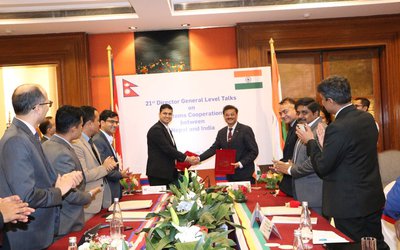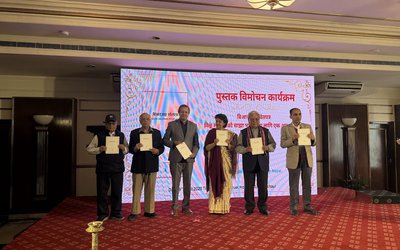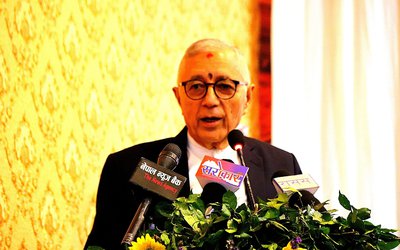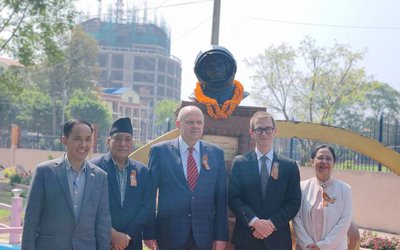The theme of World Population Day 2016 was “Investing in teenage girls.” The question is: “Are we investing enough?” According to National Population Census 2011 conducted by the Central Bureau of Statistics, adolescent girls comprise 12.1% of the total population of Nepal. This huge segment of Nepalese is facing various problems. The scenario for the urban girls has improved a lot within a few decades; however, the conditions in the rural areas are still miserable.
A rapid physical, mental and psychological development takes place within the body of girls during their adolescence. They are very curious about the changes they are going through physically as well as mentally, but are unable to communicate their feelings to elders. It is because the society in which we live prefers not to discuss human sexuality and reproductive health. This can lead adolescent girls to bad influences and can have undesirable consequences.
Menstruation begins during early adolescence and most of the adolescent girls are unaware of this natural process. Instead of counseling girls regarding the importance of reproductive health and hygiene during menstruation, people around them link menstruation to religion and impose various rules, which are the outcomes of blindfolded beliefs. Portrayal of menstruation as sinful despite being a gift for the continuation of mankind can have a negative psychological effect on adolescent girls because it reflects the narrow mindedness of the male dominant society, which considers women inferior to men. The situation is worst in the rural areas of Terai, where people are still practicing Chhaupadi, a tradition in which girls are forced to live in sheds during menstruation, facing threat to life, sexual abuse and lack of hygiene.
Similarly, child marriage is also a affecting the welfare of adolescent girls in Nepal. When girls get married, they have to get involved in the household activities and their possibility of going to school is also eliminated. They become pregnant around the age of 18 and there is a high possibility of death for both mother and child as their reproductive organs are not fully developed and being illiterate they cannot take care of themselves and their childrn. Even when both the mother and child are healthy, their future is still dark. They do not have any career prospects and have the responsibility of children, so now they fully have to depend on their husbands. Since they are financially dependent, they are compelled to bear domestic abuse or violence.
These problems can be eradicated only through the means of awareness and education. The government and related organizations should carry out awareness programs more extensively and in such a way that people get convinced. People should develop the habit of discussing about reproductive health, counseling adolescent girls regarding the changes being natural, giving advice and sharing their own experience to support them. Though the government has made education about reproductive health compulsory in school level, teachers themselves become uncomfortable to teach these subject matters in the class. This practice should be ended by conducting training programs for the teachers as well. In the course of time, these problems will be solved, but what is disappointing is that we are not investing at the optimum level for the development of teenage girls in Nepal.
















